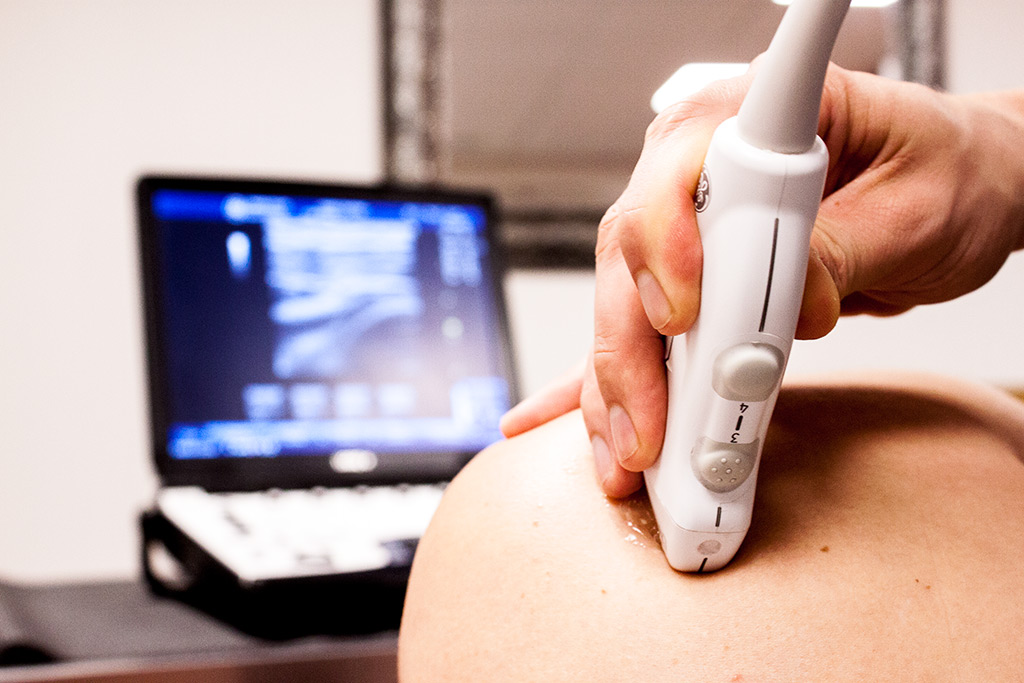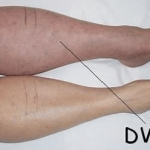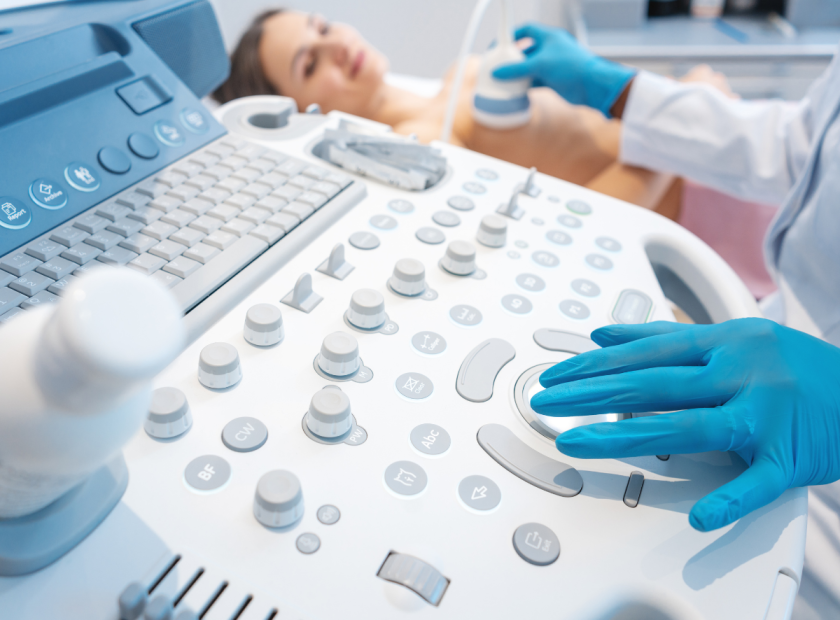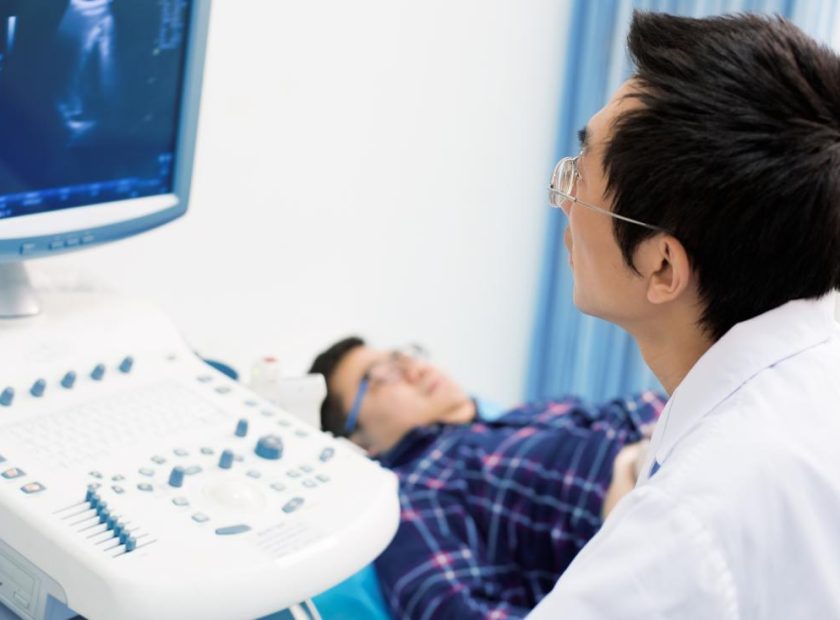The Ultimate Guide to Lumps and Bumps Ultrasound Scan
If you’ve ever noticed an unusual lump or bump on your body, it’s only natural to feel concerned. The fear of the unknown can be overwhelming. Fortunately, medical technology has advanced considerably, providing a non-invasive and effective method of diagnosing lumps and bumps—ultrasound scans. In this comprehensive guide, we’ll explore everything you need to know about lumps and bumps ultrasound scans, including their benefits, procedure, and potential diagnoses.
Understanding Lumps and Bumps
Before diving into ultrasounds, let’s gain a basic understanding of lumps and bumps. These can vary in shape, size, and texture, and may occur on any part of the body. Common causes include cysts, lipomas (benign fatty tumors), swollen lymph nodes, or even cancerous growths. Detecting the nature of the lump is vital for accurate diagnosis and appropriate treatment.
Benefits of Ultrasound Scans
Ultrasound scans have become widely used due to several key advantages. Firstly, they are safe and painless, involving no exposure to ionizing radiation. Secondly, they provide real-time imaging, allowing for immediate evaluation, which is especially valuable during the scan. Lastly, ultrasound scans are accessible and cost-effective, making them the go-to procedure for assessing lumps and bumps.
The Ultrasound Procedure
When you arrive for your ultrasound scan, you’ll be guided to a comfortable examination room. A trained sonographer or radiologist will apply a gel to your skin, which helps transmit the sound waves and eliminate air pockets. The specialist will then gently glide a small handheld device called a transducer over the area of concern. This device emits high-frequency sound waves, which bounce off the tissues and create echoes that are captured and transformed into images by the ultrasound machine.
Diagnosing Lumps and Bumps
Thanks to advancements in ultrasound technology, medical professionals can determine the nature of lumps and bumps with remarkable accuracy. Ultrasound scans can identify fluid-filled cysts, distinguish between solid and fatty masses, evaluate the vascularity of tissues, and assist in guiding needle biopsies when further investigation is required. The ability to visualize the internal structures helps in reaching a precise diagnosis.
Common Diagnoses
-
Cysts: Often filled with fluid, cysts are typically benign and often require no treatment. Ultrasound scans can accurately locate and measure cysts, aiding in proper management.
-
Lipomas: These benign fatty tumors can be easily identified through the characteristic appearance on ultrasound images. The scan helps confirm the diagnosis, ruling out any malignant potential.
-
Lymph Nodes: Ultrasound scans play a crucial role in assessing enlarged lymph nodes, aiding in the diagnosis of infections, autoimmune conditions, or even malignancy.
-
Tumors: Whether benign or malignant, ultrasound scans provide valuable information about the size, location, and characteristics of tumors, helping determine the course of treatment.
Conclusion
In conclusion, if you notice any lumps or bumps on your body, consider getting an ultrasound scan for a detailed evaluation. Not only are ultrasound scans safe and painless, but they also offer real-time imaging and accurate diagnoses. By seeking early intervention and professional medical advice, you can ensure the best possible outcome for your health.





